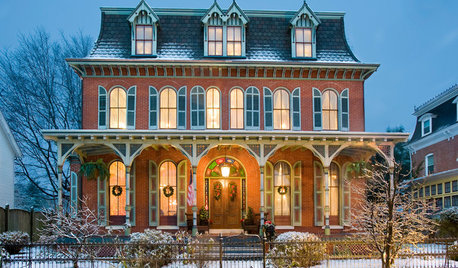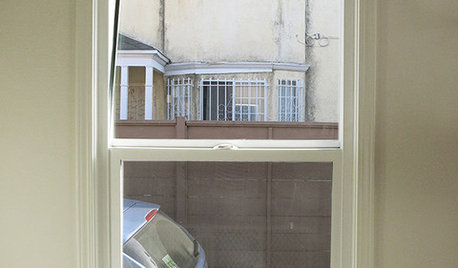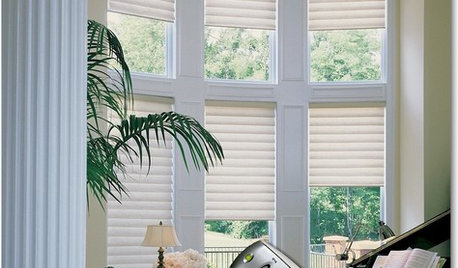Heat treatment of actively growing Hippeastrum
SavannaMan
11 years ago
Related Stories

EDIBLE GARDENSHow to Grow Your Own Sweet Summer Crops
This guide will help any gardener get started on growing the freshest warm-season veggies and berries for summer
Full Story
GARDENING GUIDESHow to Switch to an Organic Landscape Plan
Ditch the chemicals for a naturally beautiful lawn and garden, using living fertilizers and other nontoxic treatments
Full Story
MONTHLY HOME CHECKLISTSDecember Checklist for a Smooth-Running Home
It's time to add weather stripping, plan for holiday home safety, consider backup heating, check your emergency kits and more
Full Story
WINDOW TREATMENTS6 Ways to Deal With a Bad View Out the Window
You can come out from behind the closed curtains now. These strategies let in the light while blocking the ugly
Full Story
WINDOW TREATMENTSSmall Luxuries: Motorized Window Coverings Offer Benefits to All
Free yourself from the mess of cords and the bother of blind rods. Motorized blinds and drapes make managing natural light easy
Full Story
GARDENING GUIDESHow to Keep Your Citrus Trees Well Fed and Healthy
Ripe for some citrus fertilizer know-how? This mini guide will help your lemon, orange and grapefruit trees flourish
Full Story
LIFE6 Ways to Cool Off Without Air Conditioning
These methods can reduce temperatures in the home and save on energy bills
Full Story
GARDENING GUIDESGet on a Composting Kick (Hello, Free Fertilizer!)
Quit shelling out for pricey substitutes that aren’t even as good. Here’s how to give your soil the best while lightening your trash load
Full Story
LANDSCAPE DESIGNGet Along With Less Lawn — Ideas to Save Water and Effort
Ditch the mower and lower your water bill while creating a feast for the eyes with diverse plantings and gathering places
Full Story
LANDSCAPE DESIGNNatural Swimming Pools: More Beauty, No Chemicals
Keep your skin and the environment healthy with a pool that cleans itself, naturally
Full Story





aacor11
amaryllisstudygroup
Related Professionals
Norfolk Landscape Architects & Landscape Designers · Maple Valley Landscape Architects & Landscape Designers · Arnold Landscape Architects & Landscape Designers · Forest Park Landscape Architects & Landscape Designers · Redondo Beach Landscape Architects & Landscape Designers · Salisbury Landscape Architects & Landscape Designers · Wareham Landscape Architects & Landscape Designers · Arlington Landscape Contractors · Edmond Landscape Contractors · Edmond Landscape Contractors · Hayden Landscape Contractors · Plainview Landscape Contractors · Saint Paul Landscape Contractors · Whittier Landscape Contractors · Redding Swimming Pool Buildersmacroclemys
macroclemys
berkeleysgr8
aacor11
macroclemys
aacor11
amaryllisstudygroup
macroclemys
berkeleysgr8
amaryllisstudygroup
macroclemys
Edie
kaboehm (zone 9a, TX USA)
agapanthe64
Edie
brownest_thumb